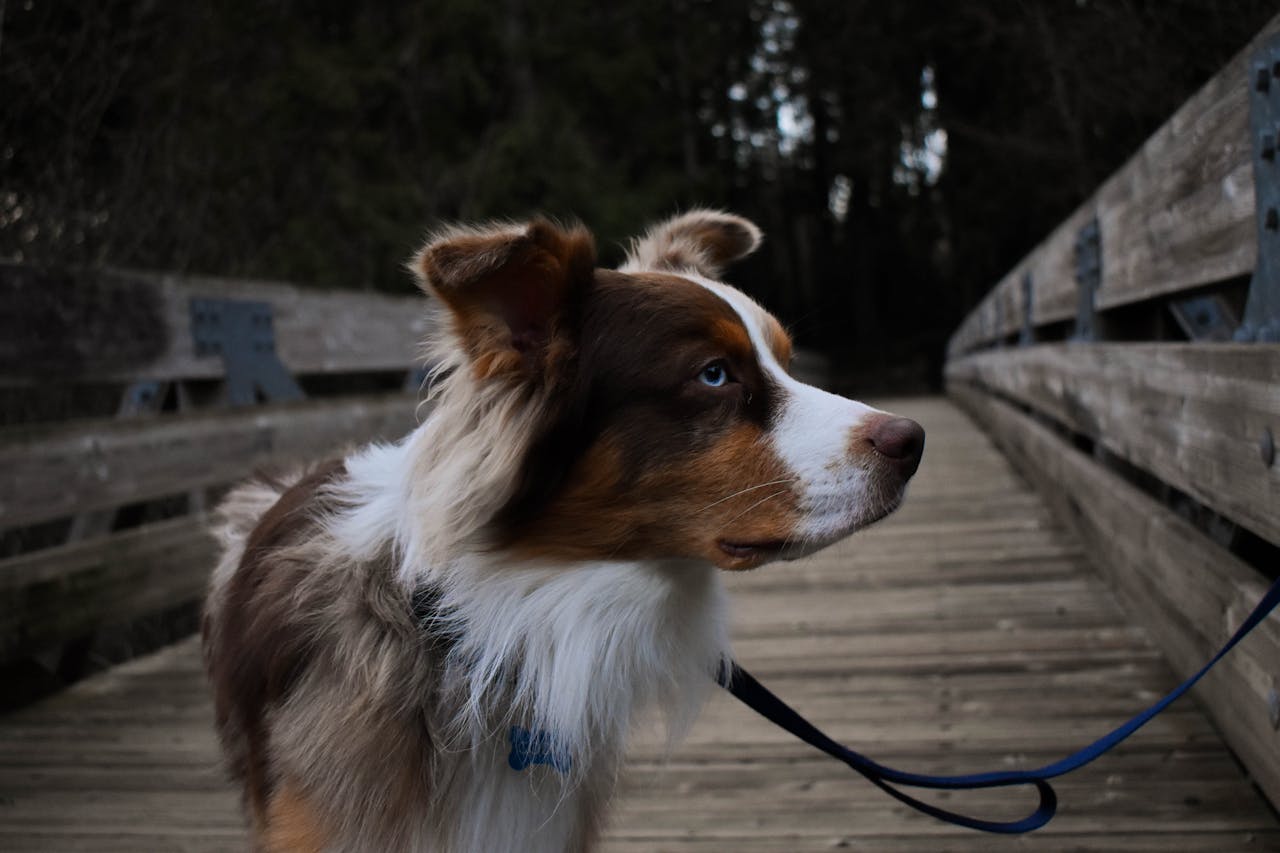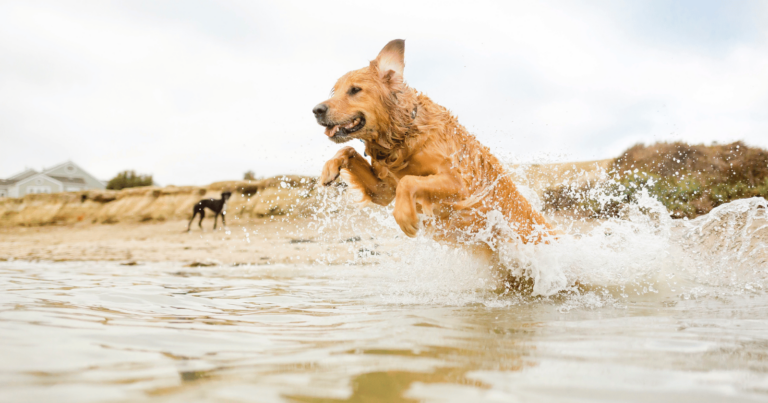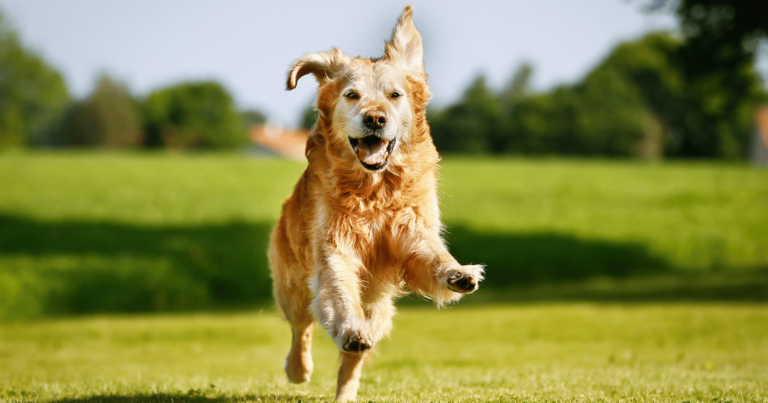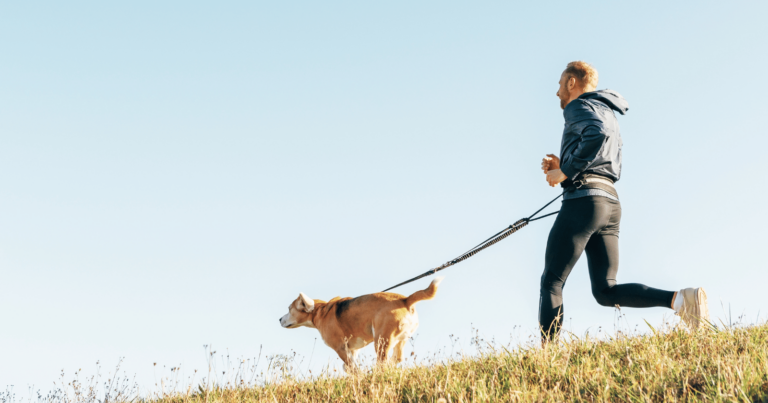Walking your dog is more than just a routine, it’s an essential part of ensuring their health and happiness.
However, there are safety measures to consider to ensure that these daily strolls remain enjoyable and risk-free.
Dog walking safety isn’t just about leash lengths or picking up after your pooch.
It’s about understanding your dog’s behavior, the environment around you, and the potential hazards that could turn a walk into a disastrous situation.
In the following sections, we will delve into 7 essential dog walking safety tips every pet owner should know.
1. Understand your dog’s behavior and temperament during walks
Every dog has a unique personality.
Some dogs are calm and content exploring their surroundings at a leisurely pace.
Others might be more energetic, always eager to chase after squirrels or birds.
Recognizing these behavioral patterns is the first step towards ensuring safe walks.
Different breeds have different energy levels and requirements.
For instance, a Border Collie will require more physical activity compared to a Bichon Frise.
Understanding your dog’s breed-specific traits can help you plan the walk duration and intensity accordingly.
Another essential aspect of understanding your dog’s behavior is knowing their triggers.
Some dogs might react to loud noises, others might feel threatened by strangers or other dogs.
Being aware of these potential triggers can help you anticipate situations and react appropriately.
2. Choose the right leash and collar
There are numerous types of leashes and collars available in the market, each with its own set of advantages and drawbacks.
The most common types of leashes include standard leashes, retractable leashes, and adjustable leashes.
Standard leashes are ideal for daily walks and are available in different lengths and materials.
Retractable leashes, while offering more mobility, may not be the best choice for busy areas or for dogs that pull a lot.
Adjustable leashes provide flexibility in controlling the distance your dog can go.
When it comes to collars, an everyday flat collar works well for most dogs.
However, for dogs who tend to pull on the leash or have respiratory or trachea problems, a harness would be a better option.
The key to choosing the right leash and collar lies in understanding your dog’s behavior, size, and comfort.
For instance, a strong, energetic dog might require a sturdy, short leash for better control.
On the other hand, a smaller, calmer dog might be comfortable with a longer leash that allows more freedom to explore.
3. Be aware of your surroundings
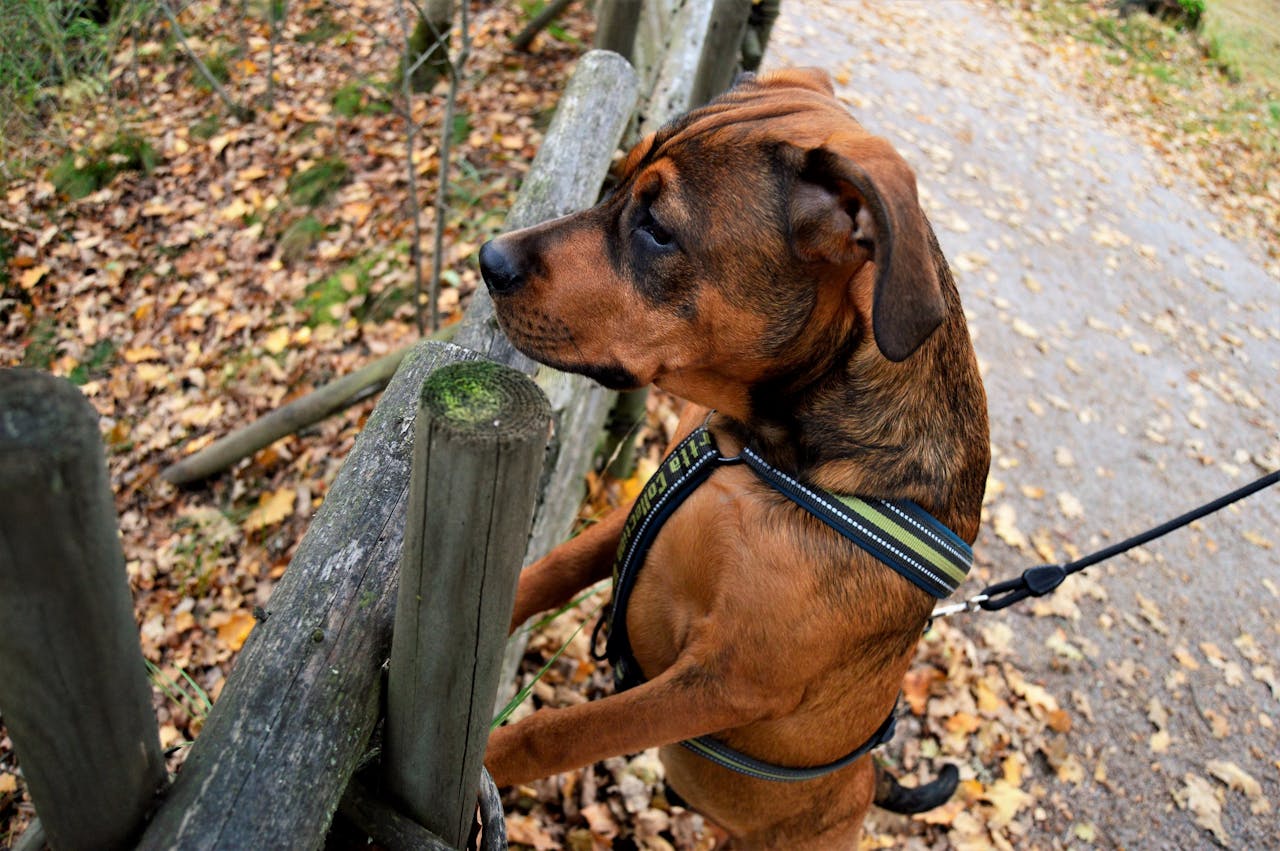
When out on a walk, it’s crucial to remain vigilant and mindful of your surroundings.
This includes other people, vehicles, potential hazards, and other animals.
Keep an eye out for objects that your dog might swallow or get hurt by.
This could include broken glass, sharp objects, toxic plants, or even discarded food items that can pose a choking hazard or cause food poisoning.
Keep a safe distance from other dogs unless you’re sure about how your dog and the other dog will react to each other.
Not all dogs are friendly, and unwanted encounters can lead to stressful situations or even fights.
Being aware of your surroundings also means respecting public spaces.
Pick up after your dog and make sure they are not causing any inconvenience to others.
4. Implement training for safer walks
Teaching your dog simple commands like “sit,” “stay,” “come,” and “leave it” can be incredibly beneficial during walks.
For instance, the “leave it” command can prevent your dog from picking up harmful objects or food from the ground.
Similarly, the “come” command can help you regain control if your dog gets distracted or tries to chase something.
Leash training is another crucial aspect of safe dog walking.
A dog that pulls on the leash can pose a risk to both the dog and the handler.
Teaching your dog to walk nicely on a leash without pulling can make walks more enjoyable and less tiring for both of you.
Remember, consistency is key when it comes to training.
It might take time, but with patience and regular practice, your dog will learn to follow these commands, making your walks safer and more enjoyable.
5. Plan your walks wisely

This includes choosing the right time, location, and route for your walks.
Take into account the weather conditions and temperature.
Avoid walking your dog during peak heat hours in summer as the hot pavement can burn their paws.
In winter, ice or salt on roads can be harmful too. Early morning or late evening walks are usually the best.
Choose locations that are safe and dog-friendly.
Parks, trails, or quiet neighborhood streets are typically good options.
Avoid areas with heavy traffic or off-leash dogs if your pet isn’t comfortable around other dogs.
Planning your route is also crucial.
If your dog is new to walking or is a puppy, start with short walks and gradually increase the distance as they get used to it.
For high-energy breeds, longer walks or routes with space to run can be more suitable.
6. Keep up with your dog’s health checks
Regular vet checks can help identify any potential health issues that might affect your dog’s ability to walk or exercise.
Dogs with joint issues, for example, might need shorter walks or might require special care while walking.
Overweight dogs might need more exercise, but the intensity and duration should be increased gradually to avoid overexertion.
Also, ensure your dog is up-to-date with their vaccinations and flea and tick preventatives.
This will protect them from diseases that could be contracted during walks.
In the end, a healthy dog is a happy dog, and a happy dog makes for safer and more enjoyable walks.
7. Always be prepared
Being prepared for unexpected situations can make a world of difference when it comes to dog walking safety.
This includes carrying essential items like water, poop bags, and a basic first-aid kit for dogs.
Whether it’s a sudden change in the weather or your dog getting a small cut, having the necessary supplies can help you deal with these situations more effectively.
You should also have a plan in case you encounter aggressive dogs or wildlife during your walk.
Knowing how to react can prevent potential injuries or altercations.
Staying prepared not only ensures your dog’s safety but also gives you peace of mind during your walks.
Beyond walks: Building a stronger bond with your dog
While ensuring safe walks is important, fostering a deep bond with your dog is equally crucial.
A strong human-dog relationship is based on mutual respect and trust.
This bond influences not only your walks but every aspect of your life with your furry friend.
Spend quality time with your dog beyond the walks.
Play games, teach them new tricks, or simply cuddle on the couch.
These moments strengthen your bond and improve their overall wellbeing.
Understand their unique personality and communicate effectively.
Dogs are keen observers and respond positively to consistent, positive reinforcement.
In the end, ensuring safe walks is about more than following tips—it’s about understanding and respecting your dog’s individual needs and behaviors.
It’s a journey of companionship and trust that enriches both your lives, one walk at a time.


